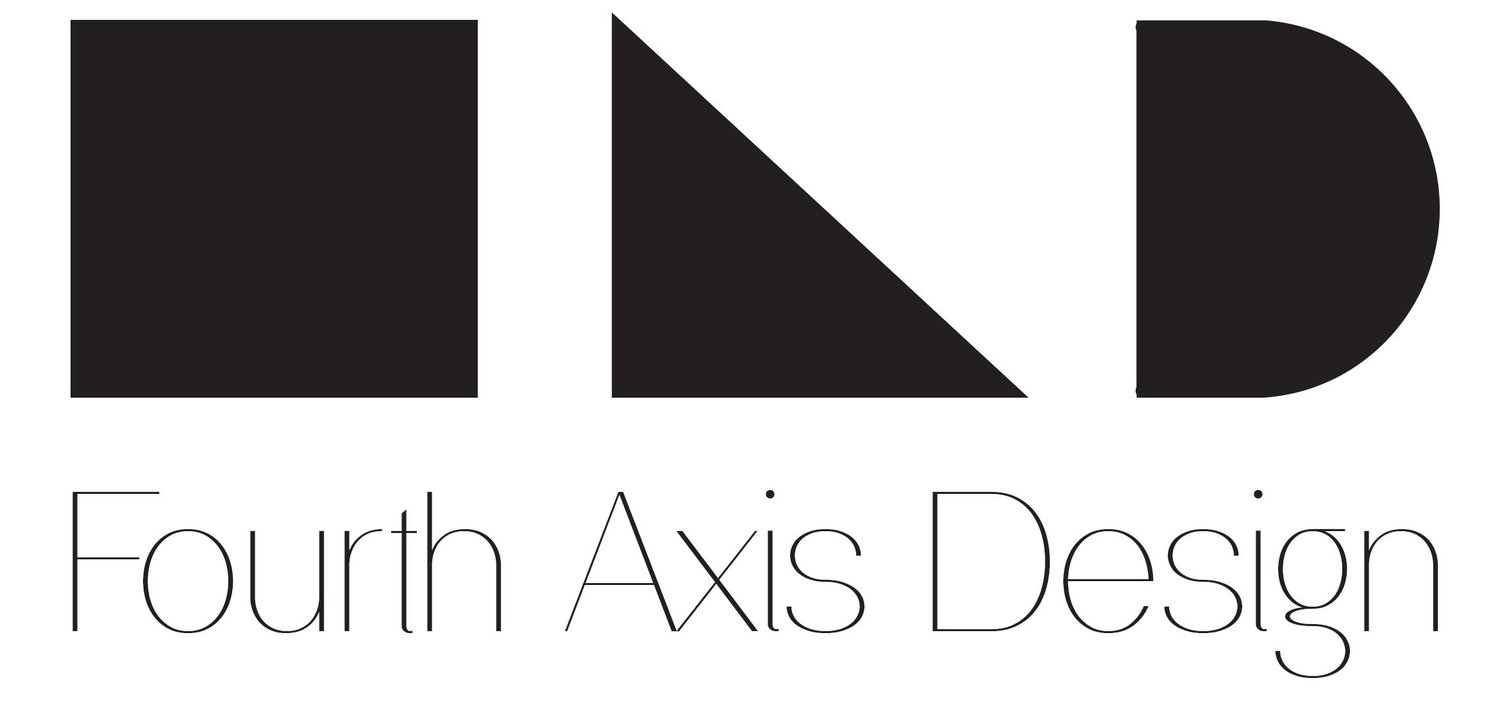Modeling and Process Strategy
I have been using Rhino since 1999, during that time I have evolved and refined how I work with the software. My method involves the customization of Rhino, working effectively in 3D space, with advanced control point modeling techniques and strategies.
During my career as a jeweler I did not work orthographically by looking at my work from the top or front view, it was a 3D environment where the part is being manipulated and tooled in seamless coordination.
In these intensive courses, you will learn how to apply that thinking in Rhino to create a fluid process with the same freedom of navigation and transforms as the analog world.
This method provides a number of advantages. First, working from the perspective viewport gives the user complete control of three dimensional space without the need to use a four viewport configuration. Ninety-five percent of my modeling is done in the perspective viewport with the ability to move freely with the tools embedded in Rhino. It also facilitates a better understanding of spatial orientation when viewing form and volume.
Second, using aliases and keyboard shortcuts creates dynamic access to commands aiding a more robust way of modeling. Accessing commands quickly through shortcuts can accelerate the workflow with the ability to work as fast as you think.
With those two foundations, the next component to the process is control point modeling. Creating viable and editable surfaces with clean topology is very important. Good topology creates a foundation for precise control of surfaces and form. Through shortcuts users have a logical system of accessing surface edit commands.
And finally, this strategy culminates in a modeling environment unrestricted, using Rhino as a true design tool, to generate new ideas and concepts.
The classes offered by Fourth Axis Design bring students through this process, building new skills with each session, and providing a new level of control and understanding.
Advanced Surfacing Master Class
We designed the curriculum as one master class divided into separate sections. We take this approach to consider student scheduling and time commitment to one large class. Students can absorb each class at their own pace and practice before taking the next installment.
Classes are kept small with space for five students. Using desktop sharing, instructors can devote more contact time with each student for more personalized training. The addition of the one on one class provides students an opportunity to ask questions specific to their needs.
Class Collaborator- Isaac Kornhauser
Class Instructor-Dominic Ventura
Each class $395.00, Register for two classes, $710.00 (save 10%), Register for all three classes, $1005.00 (save 15%)
Class One
Rhino Custom Interface and Customization, Working In Perspective
Online Class - Intermediate/Advanced
Class dates: Monday, August 24, 10:00 am EST and Wednesday, August 26, 10:00 am EST. Final class scheduled by student.
7 hours: Two classes, three hours each. One hour of personalized instruction for each student -$395.00
This class is a prerequisite for the advanced surfacing classes.
Students will receive a resource kit containing: Aliases, Keyboard commands, Custom Shaders, Template Files, and Demo Files.
This class teaches a workflow which creates easy access to commands, better spatial orientation in 3D, and complete control to model in perspective. It is designed as a foundation for the more advanced surfacing courses.
The class covers specific customization of the Rhino UI which I use to design and model. It is designed to streamline the modeling process using aliases and popup menus. Aliases provide a quick way of accessing commands creating a smooth and seamless workflow.
Also covered is working primarily in the perspective viewport eliminating the need to use a four-viewport configuration, using tools and commands already part of Rhino. This is done by demonstration with students, building and posing a geometric mannequin in perspective while gaining new skills and methods for design.
Topics covered:
Custom Setup of Rhino UI - Understanding the Options Menu- Modeling Aids
Aliases – Popup Menus- Using Custom Shaders – Custom Toolbars
Hiding and Locking -Template Setup – Libraries- Construction Planes
Download the PDF for more information and class agenda.
Class Two
Surface Control Point Modeling - Creating Editable Topology
Online Class-Intermediate/Advanced
Class dates: To Be Announced, Finalizing Curriculum
7 hours: Two classes, three hours each. One hour of personalized instruction for each student -$395.00
The class covers techniques using control point modeling for surface and form creation. A hood ornament will be the class project, using a simple surface to create a complex form. The importance of clean topology is reinforced by demonstration while students follow along. The advantages of making editable single surfaces will be explored.
Reinforcing best practices from the first class, tools specific to surface editing will be introduced. Students will gain confidence to model in perspective regardless where a model exists in 3D space. In depth tutorials on the effective use of Construction Planes
During the class, navigation and transform tools will be emphasized and used throughout the modeling process.
Topics covered:
Tools for control point modeling, point selection - Topology and how it effects modeling
Object Shelling
Elevator mode, Tab command, Keystroke Combinations - Advanced Object Snaps
Using drag modes - Control Construction Planes - Object Selection
